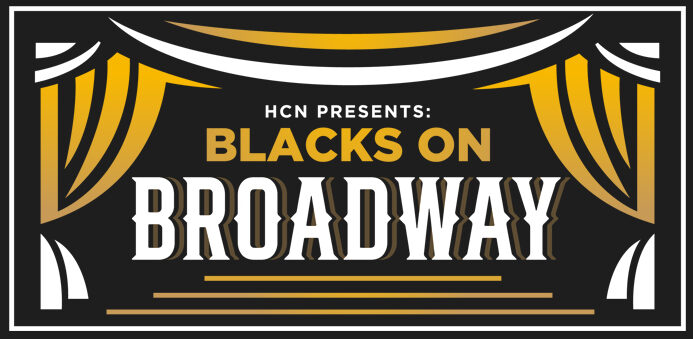Urbanology Therapeutic Use of Mushrooms
Categories: William “Tony” Rogers,
By William A. Rogers
Mushrooms have been used as a healing option for thousands of years worldwide. Records show that in ancient Kemet {the name of Egypt before European rule}, plants and herbs were widely used for healing.
To this day, many African cultures make use of mushrooms for therapeutic and ceremonial options. In China, mushrooms such as reishi and shiitake have been used for over 2,000 years.
These two mushrooms are valued for their ability to improve the immune system and promote overall well-being. The Aztecs and other indigenous groups used mushrooms like Psilocybe for healing, spiritual ceremonies and for their visionary properties. Psilocybin mushrooms, also known as magic mushrooms or ‘shrooms, can be used for stress management and recreational drugs.
Various mushrooms such as Birch Polypore have been used as a medicinal fungus and has been documented in traditional European and Russian folk medicine. Modern scientific research has been exploring the potential health benefits of various types of mushrooms.
A few popular mushrooms used by many wellness practitioners are Chaga, a robust antioxidant that addresses daily free radical damage, Turkey Tail supports immune modulation, Lions Mane promotes mental clarity focus and memory also known for its Nerve Growth Factor {NGF}, Cordyceps supports energy stamina, cognition, and immunity, Reishi supports energy, stamina, and stress management.
It is important to note that the ceremonial and therapeutic use of psychedelic mushrooms by indigenous cultures is very different than recreational or non-sacred use. These practices are part of indigenous traditions and are deeply tied to cultural and spiritual beliefs. You don’t want to play around with magic mushrooms unless you know what you are doing.
There has been a growing interest in ethnomycology, which studies the traditional use of fungi by different cultures. This field of study aims to document and understand the traditional use of mushrooms in different cultural contexts, including their potential therapeutic applications.
The therapeutic use of mushrooms by African slaves in the southern United States is not extensively documented, but African slaves brought with them a rich tradition of herbal medicine and healing practices from their diverse cultural backgrounds.
Ethnobotanical research, especially at many HBCUs, has focused on the historical contributions of traditional African medicine to the broader landscape of healing practices in the Americas, including using natural resources such as plants and fungi.
While many mushrooms can be used for cooking and healing, you have to be careful when eating wild mushrooms. Many can make you sick and even cause death. The Amanita phalloides mushroom, also known as the Death Cap, is one of the most poisonous mushrooms in the world and is responsible for most fatal mushroom poisonings.
This mushroom is dangerous because it resembles some edible species. While there are many benefits in using mushrooms for therapeutic and spiritual healing, you need to know what you are doing. It is best to use a holistic practitioner or a reputable nutritional company.
I use Auri Nutrition (www.tryauri.com). This company makes vegan, gluten-free mushroom gummies, a great natural way to build your immune system, plus help to improve focus and energy. There are many therapeutic benefits that mushrooms bring. If you have not tried using mushrooms for health and wellness, I suggest exploring the options.






